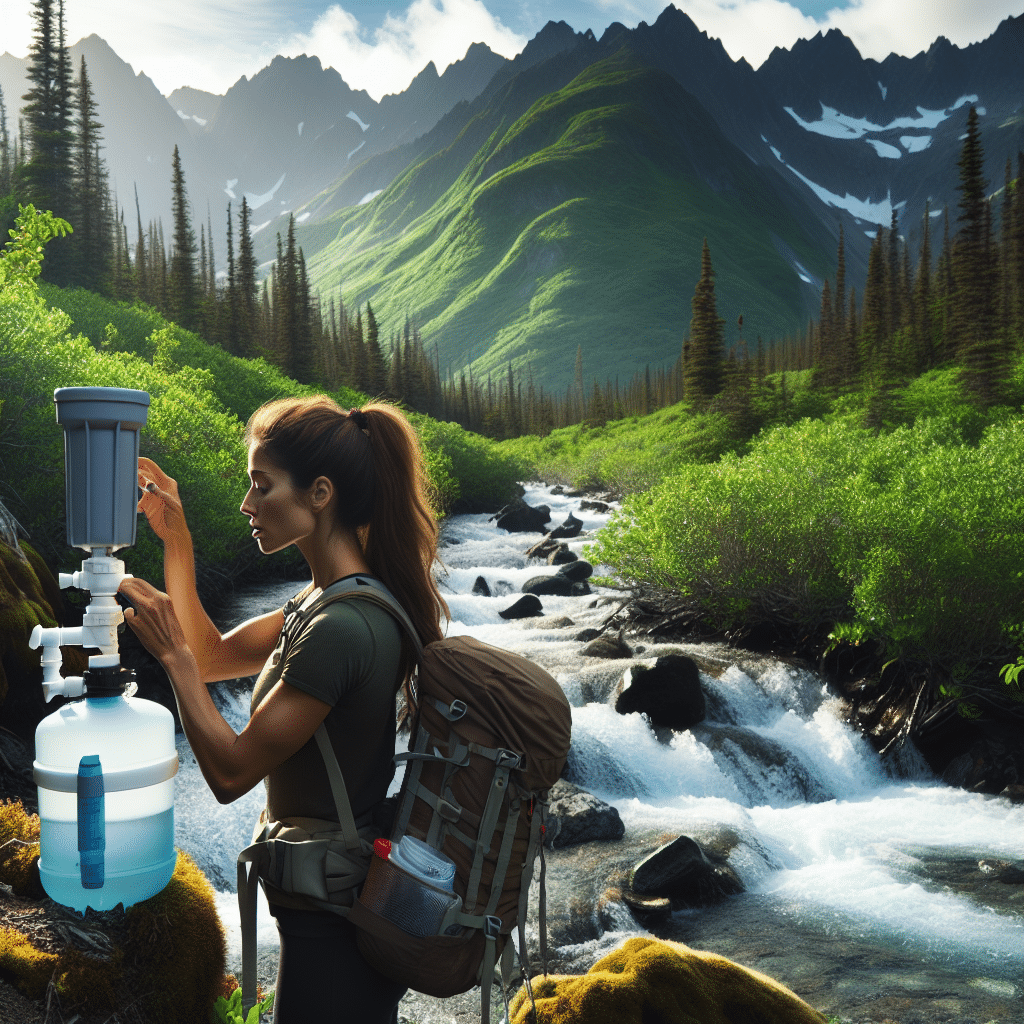Understanding Filtered Water in the Backcountry
When venturing into the backcountry, access to clean and safe drinking water is paramount for overall health and safety. Utilizing filtered water is a common practice among outdoor enthusiasts. However, several long-term health considerations should be evaluated when relying on this method for hydration.
1. Types of Water Filters
Various types of water filters are available, including activated carbon filters, reverse osmosis systems, and ceramic filters. Each type has distinct benefits and limitations that affect both hydration efficiency and health aspects:
-
Activated Carbon Filters: These are effective for removing odors and improving taste but may not eliminate viruses. Regular cleaning and replacement of filters are crucial to maintain effectiveness.
-
Reverse Osmosis Systems: Offering thorough purification, they remove a wide range of contaminants, including salts, heavy metals, and pathogens. Long-term use necessitates understanding the disposal of waste water generated during filtering.
-
Ceramic Filters: Known for durability, ceramic filters remove bacteria and protozoa effectively. However, they can clog, requiring routine maintenance to ensure water flow and quality.
2. Understanding Contaminants
Filtered water may still carry some impurities. Therefore, it’s essential to comprehend the potential contaminants commonly found in backcountry water sources:
-
Pathogens: Microbial contaminants pose significant health risks, including bacteria like E. coli and viruses like giardia. Investing in a reliable filtration system that targets these organisms is vital.
-
Chemical Contaminants: Pollutants from agricultural runoff—such as nitrates and pesticides—can affect water quality. Regular water testing in areas known for agricultural activity is advisable for ensuring safety.
-
Heavy Metals: Copper, lead, and other heavy metals can leach from pipes or equipment. Long-term exposure to these contaminants may lead to chronic health issues, emphasizing the importance of choosing a well-designed filtration system.
3. Nutritional Considerations
While filtered water improves safety, it may inadvertently remove essential minerals:
-
Mineral Content: Many filtration systems remove beneficial minerals like calcium and magnesium. Long-term reliance on these systems may necessitate supplementation through diet or mineral drops to maintain optimal health.
-
Hydration Impact: Proper hydration is crucial for metabolic function and overall well-being. The purification process can alter taste and mineral balance, which may discourage adequate water intake. Experimenting with different filters can help find an ideal solution that balances safety and palatability.
4. Hydration Rhythm
Establishing a hydration rhythm is essential for maintaining health during backcountry adventures:
-
Regular Intake: The backcountry environment often leads to higher fluid loss due to altitude, heat, and physical exertion. Establish a schedule to drink filtered water regularly, rather than waiting until thirst strikes.
-
Monitoring Signs of Dehydration: Symptoms like fatigue, headaches, and dark-colored urine signal dehydration. Knowing how to assess hydration status helps in making informed decisions about water intake.
5. Environmental Considerations
The backcountry environment may affect the water filtration process:
-
Source Quality: Water quality can vary by location and season. Regular assessments of the source can help determine whether additional filtration steps are needed based on observed changes.
-
Impact of Climate Change: Changing weather patterns can alter water source contaminants, necessitating an adaptive approach to water filtration and quality assessment in the backcountry.
6. Equipment Maintenance
Long-term use of filtered water in the backcountry requires diligent maintenance of equipment:
-
Regular Cleaning: Most water filters require periodic cleaning to remove residual debris and prevent microbial growth. A maintenance schedule ensures long-term reliability and effective filtration.
-
Replacement Parts: Filters, membranes, and components have a limited lifespan. Regular checkpoints for wear and replacement are essential to ensure safe drinking water quality over time.
7. Psychological Factors
Using filtered water can enhance mental well-being during backcountry trips:
-
Safety and Confidence: Knowing that your water is safe enhances confidence and allows for greater peace of mind on outdoor excursions. This reduces stress and contributes to a more fulfilling experience.
-
Social Aspects of Hydration: Sharing filtered water amongst companions can foster camaraderie. However, understanding individual hydration needs remains crucial for each person’s long-term health.
8. Educational Resources
Access to proper education about water filtration and safety aid in making informed decisions:
-
Workshops and Training: Engaging in workshops can provide valuable insights into effective filtration methods and emergency strategies for ensuring safe drinking water under adverse conditions.
-
Health Guidelines: Familiarizing oneself with public health guidelines offers crucial information about water safety during backcountry activities.
9. User Experience and Testimonials
Personal experiences from other backcountry adventurers can provide insights into the effectiveness of various filtration methods:
-
Community Feedback: Online forums and groups often contain testimonials regarding specific filtration systems. Assessing strengths and weaknesses based on collective experiences can direct choices.
-
Product Reviews: Analyzing product reviews provides evidence of long-term satisfaction and issues encountered by users in similar situations.
10. Adaptive Practices
Flexibility in approach is important when relying on filtered water in the backcountry:
-
Combination Systems: Using a combination of filtration and purification methods can enhance safety. For example, a carbon filter followed by UV treatment is effective against a broader range of contaminants.
-
Alternative Sources: Developing skills to identify alternative water sources can enhance sustainability, especially in drought conditions or heavily trafficked areas. Understanding natural filtration methods also diversifies hydration strategies when technology might fail.
Regular assessment of health impacts, together with a proactive approach to equipment maintenance, nourishment, and mental well-being, equips adventurers with the tools necessary to thrive in backcountry settings. By understanding the underlying considerations, individuals can make informed choices that sustain their health and enjoyment in nature.
